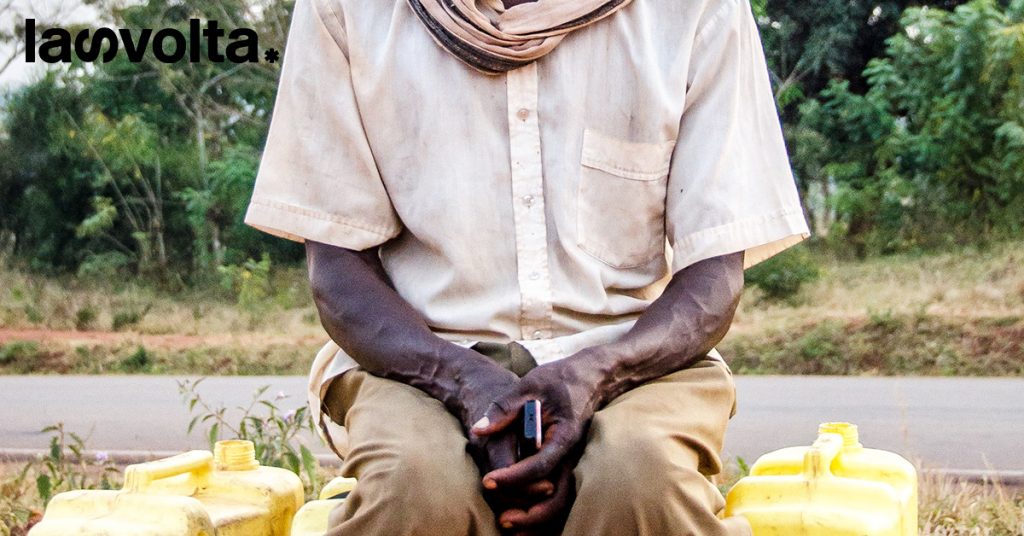Africa: state of second hand clothes

Quick question as we progress. Aresecond hand clothing good or bad? Do you know how these clothes end up in Africa? Well, clothing consumption all over the world has tremendously increased over the past years, due to the existence offast fashionthat provides consumers with a variety of options continuously, often at theexpense of the environment. Most of these clothing aremanufactured in Asiaand then sold to Western countries, where they are worn a few times and then discarded. The textile collection services pick them up; they are sorted into bales (or otherwise known as bundles) ready to be shipped to the developing African countries asdonations. While most of the second hand clothes are donated with good intentions from the Western countries, most of them have become anenvironmental hazard. The second hand clothes sector has grown into animportant economic factor, which provides a living for thousands of people in third world Countries from handling, alterations, refinements, distribution, vending, repurposing, recycling and upcycling to produce new products. Kenya is the largest importer of second hand clothes in Sub-Saharan Africa; it is estimated that approximately2 million Kenyans work in the second hand clothing market. Research fromFibre2 Fashionshows that, in 2021, Kenya imported 183,000 tons of second hand clothing and the tax revenue collected must have been around $73.4 million. The sector contributes to at least $6 million to the Kenyans government’s revenue per month.Gikomba market,Kenya’s hub for second hand clothes, suffers the consequences of environmental pollution as a result of the textile of poor quality that cannot be sold. These clothes end up in heaps, rivers and in the dumpsites. Recycling clothes helps to cut down themountains of waste the Worldproduces each year, but the increasing volume of poor quality second hand clothes is creating irreversible effects on the environment. Accra, Ghana, is one of the largest second hand clothing markets in the World. According to a research,60 containers of clothes donated to charityby people living in Europe, the US and Australia, arrive there every week. According to the traders, the quality of the clothing they are receiving is declining and the majority are completely unsellable. These garments end up forming landfill mountains or sent for incineration. Incinerating clothes releasescarbon dioxide, methane and other greenhouse gasses, which contributes to the already existing climate crisis. Ghana is living through a worsening waste crisis, just like other countries.What brings about this phenomenon? Well, many people in Sub-Saharan Africa get an income that can only support the buying of second hand clothes. The ban of second hand clothes risks to inhibit the Sub-Saharan African countries from enjoying the benefits or rather privileges under theAfrican Growth and Opportunity Act(Agoa), which allows the eligible Sub-Saharan African countries duty-free access to the United States. Under this act, countries that meet certainhuman rights and labor standardsare offered duty free access to the US market on thousands of exports from oil, produce and apparel. Rwanda, for instance, in 2018 banned the importation of second hand clothes, which led to the US cutting down the duty free export privileges. Many Sub-Saharan African countries fear to lose these benefits and so they end up bowing down to the pressure and choose the economic benefits that come with it. Uganda, like many other African countries, has a huge second hand clothing industry that is fueled by theoverconsumption of disposable fast fashion in the high-income countries. The high demand is a result of the-low income people whocannot afford to purchase new clothes.The irony is that Uganda isone of the renowned cotton producersin Africa and, yet, still imports second-hand clothes. Cotton is one of the ingredients in textile manufacturing, therefore, in terms of raw materials in production of the textile, Uganda should be leading the way in support of local garment production, but that is not the case. Research fromAllAfricashows that less than10% of cotton produced in Uganda is processed and consumed locally, the rest is exported as lint and Uganda imports both new and second hand manufactured clothes. Why is this? Could it be because the textile industry has been crippled by lack of funds and policy hurdles? Or could it be that the prices of second hand clothes are way cheaper compared to the garments that the local textile companies are producing? “No country has transformed industrially without first protecting its local industry”, saidJohn Bosco Kalisa, CEO at theEast African Business Council. Local textile and manufacturing industries have been greatly impacted by the global trade system. As a matter of fact, many African countries have become reliant on imports to meet the citizen’s needs. TheEast African Community(Eac) has been discussing theban of second hand clothesentirely since 2015 but this seems not to be successful; onlyRwanda implemented the ban in 2018. Sources from Rwanda say that the local textile industry has greatly improved as there are no second hand clothes at all .